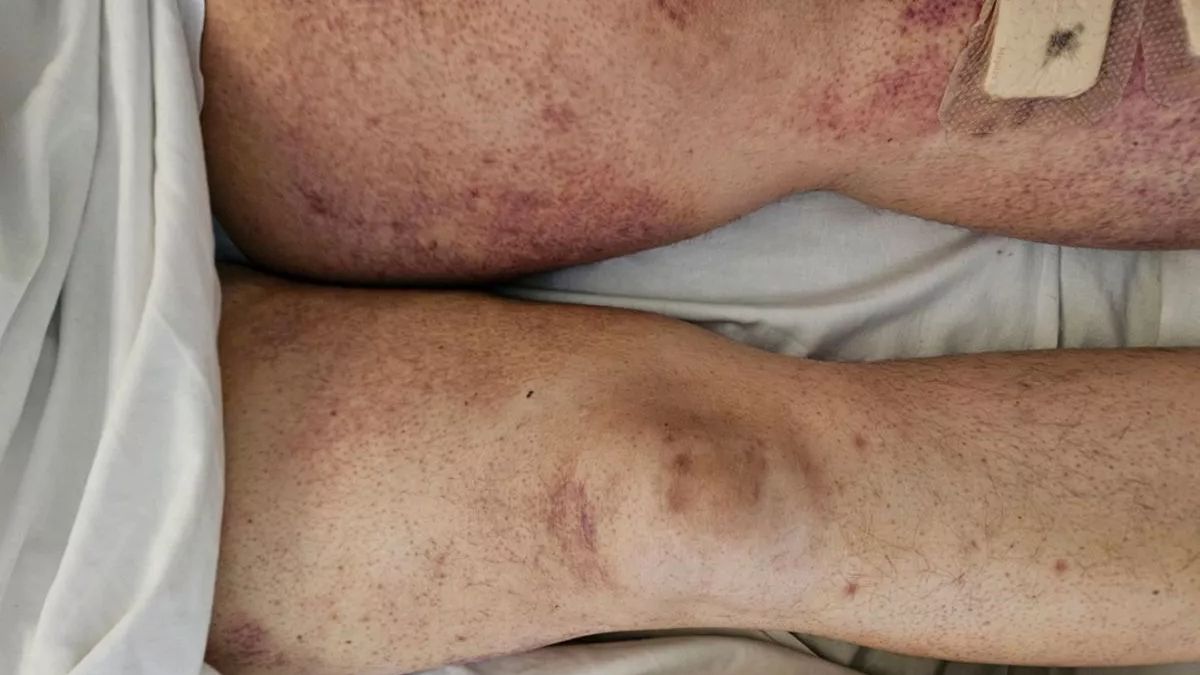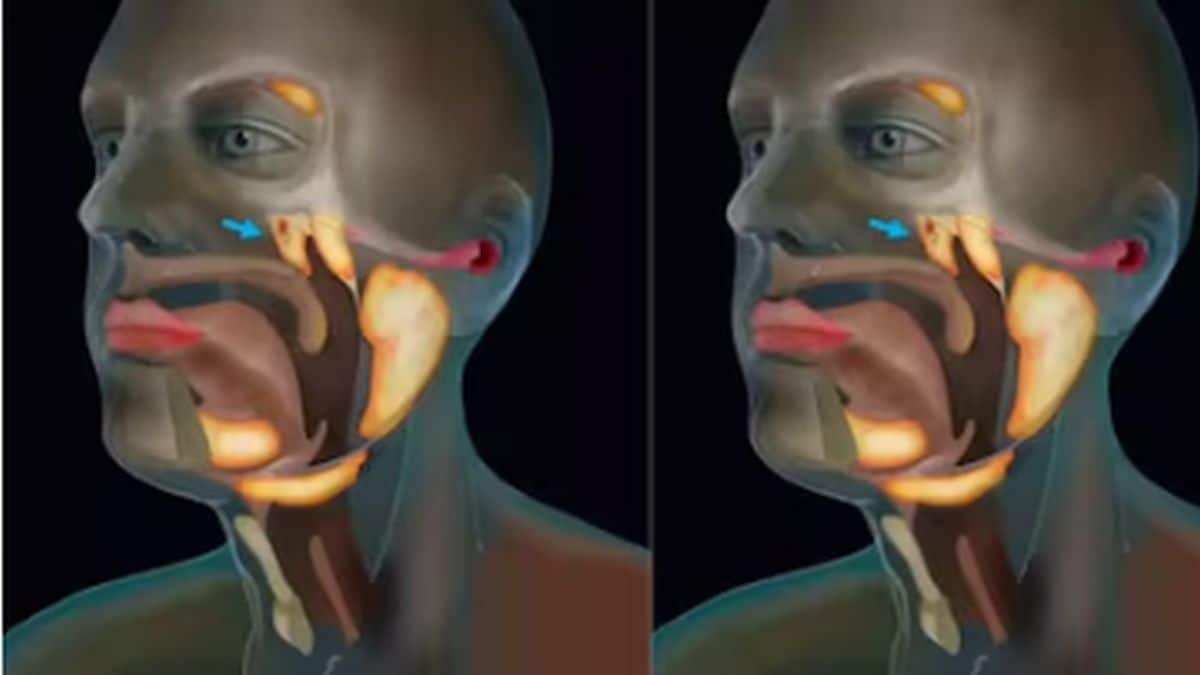Scurvy may not be a disease you might have heard of in the 21st century. Yet, about 300 years after naval surgeon James Lind discovered citrus juice as a remedy for this 15th-century disease, the condition has re-emerged.
Caused by vitamin C deficiency, scurvy was once widespread, particularly among 18th-century sailors who spent long periods at sea without access to fresh food. Though historically labelled “a disease of the past,” scurvy is now making a resurgence for various reasons.
Recent cases from Western Australia and Canada indicate that scurvy has returned. Among those affected were a middle-aged man and a 65-year-old woman from Toronto who both received treatment for the condition.
In the journal BMJ Case Reports, Australian doctors wrote, “Scurvy is still seen as a disease of the past, especially in developed countries.”
“However, sporadic cases of scurvy occur, especially in the elderly, patients with alcoholism and children with psychiatric or developmental problems.”
ALSO READ | Do you keep craving bread, rice? How early humans fell in love with carbs
What is scurvy?
Once common among sailors and maritime communities, scurvy claimed over two million sailors’ lives from Columbus’ voyages up until the Industrial Revolution’s steam engines, causing more deaths than storms, shipwrecks, battles, and all other illnesses combined.
So, what exactly is scurvy? In simple terms, it’s a severe vitamin C deficiency. Unlike most animals, humans cannot produce vitamin C naturally. We rely on our diet to provide this important nutrient.
Found mainly in fruits and vegetables, vitamin C plays a huge role in maintaining collagen - a protein important for tissues like skin. Without the nutrient, our body struggles to repair and replace these tissues, leading to breakdown over time.
Vitamin C is also essential for healthy blood vessels, teeth, and gums, and it aids in iron absorption, necessary for red blood cell production. It also supports wound healing, including burns and cuts, by promoting tissue repair and immune response.
Symptoms of scurvy
Early signs of scurvy can include fatigue, lethargy, weakness, irritability, and low mood, making it challenging to diagnose quickly, researchers note.
Scurvy may also lead to cardiorespiratory symptoms, such as shortness of breath, chest pain, hot flashes, and night sweats.
Other symptoms can involve swollen, bleeding gums, joint and muscle pain, tenderness, easy bruising, dry or rough skin with reddish or purple spots from bleeding beneath the skin, slow-healing cuts and sores, anaemia (a lack of red blood cells, causing further fatigue), and a heightened risk of infections.
What causes scurvy?
Simply put, scurvy is a result of a prolonged lack of vitamin C in the diet. Even so, most people who do not always eat balanced meals are not typically at risk.
Certain factors can increase the likelihood of scurvy, such as:
- low intake of fresh fruits and vegetables
- eating very small amounts of food
- smoking
- long-term drug or alcohol dependency
- consistently poor diet
Young children, babies, and older adults who may struggle to maintain a nutritious diet can also be at a higher risk of developing scurvy.
ALSO READ | Why McDonald's burgers are making people sick in the US
How is scurvy treated?
The disease requires immediate treatment, as without it, scurvy can lead to serious complications and may even become life-threatening.
Mild scurvy cases are often managed simply by increasing vitamin C intake through fresh fruits and vegetables. In some instances, taking vitamin C supplements is also recommended until symptoms improve.
Most people undergoing treatment for scurvy start to feel better within days and can make a full recovery.
Why is it on the rise again?
For some, sourcing and consuming enough vitamin C-rich foods remains a challenge. Studies have shown a huge increase in hospital admissions for scurvy and other nutritional deficiencies over recent years.
In 2016, the Health and Social Care Information Centre reported a 27% increase in scurvy-related admissions between 2009 and 2014, while NHS data shows a rise in hospital cases from 82 to 167 between 2010 and 2018, Metro reported.
Several factors can cause a deficiency of vitamin C. Some of these are:
Poor diet
People with restricted diets, especially due to poverty, food insecurity, or dietary choices, may not get enough vitamin C. This group also includes people who rely on heavily processed, nutrient-poor foods.
Cost of living crisis
As the cost of living rises, many people can no longer afford fresh produce, leading to restricted fruit and vegetable intake and possible nutrient deficiencies, including scurvy.
One of the recently diagnosed patients revealed that he was financial struggling. He also neglected his diet and stopped taking prescribed nutritional supplements due to rising costs. The BMJ Case Report states, “Scurvy is a re-emerging disease with the rising cost of living. It can present as early as a month after a vitamin C-deficient diet.”
Food deserts
In certain regions where people lack access to fresh produce, or “food deserts,” individuals may unintentionally fail to get enough vitamin C.
How to prevent a vitamin C deficiency
Fruits and vegetables are the best sources of vitamin C. A healthy, balanced diet is the most effective way to prevent vitamin C deficiency. Make sure to complete your adequate intake of essential vitamins and minerals.
Supplements are also an option but should be taken with medical advice.
While scurvy may no longer be widespread, it remains possible to develop it, particularly for those undergoing medical treatments or with conditions that impact vitamin C intake or absorption.
Why was scurvy linked to sailors?
Scurvy was largely eradicated from the Western world after it caused a high number of sailor deaths throughout history. The disease is estimated to have killed over two million sailors between the 16th and 18th centuries, with major voyages often losing over half of the crew due to a lack of fresh food.
In 1747, Royal Navy Surgeon James Lind conducted a trial aboard a ship and found that oranges and lemons could cure scurvy.
By 1795, rations of lemon or lime juice were mandatory on warships to prevent scurvy.


)

)
)
)
)
)
)
)
)



